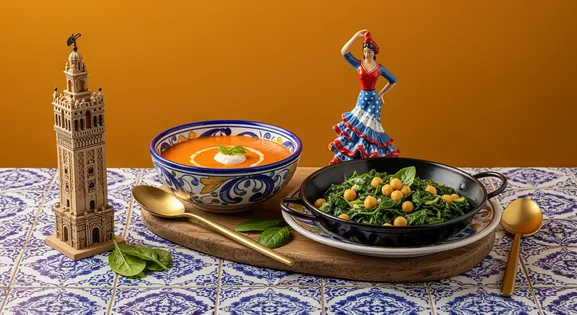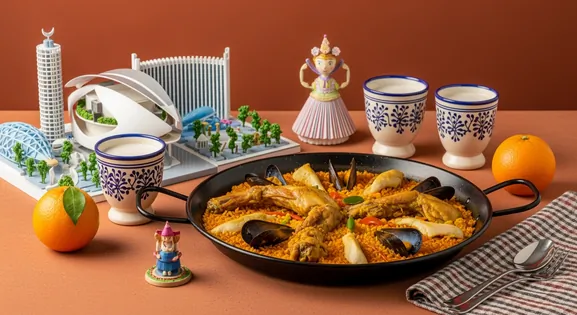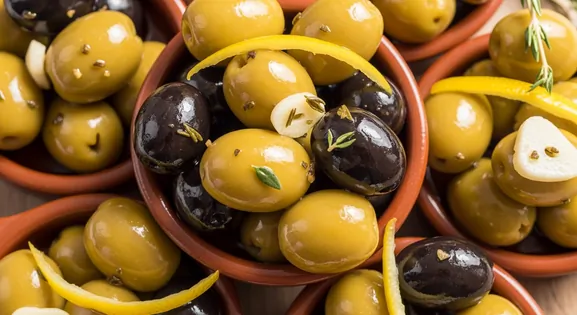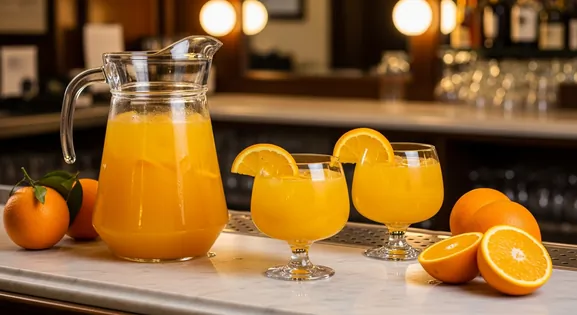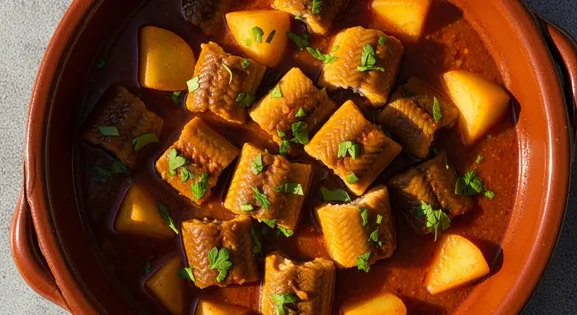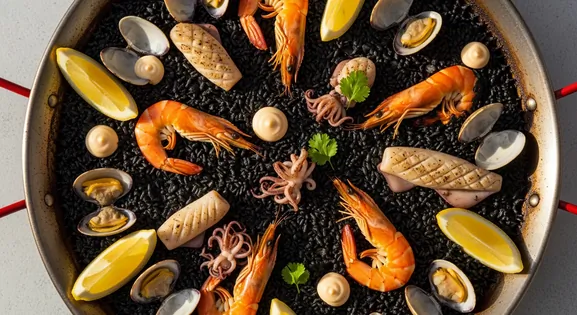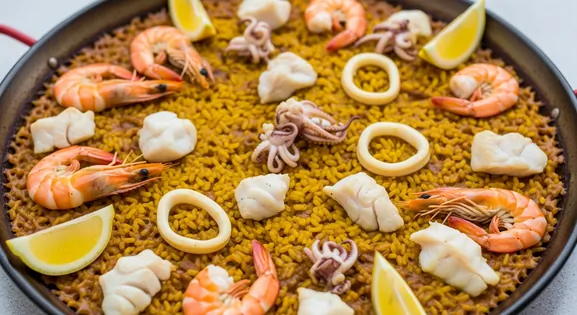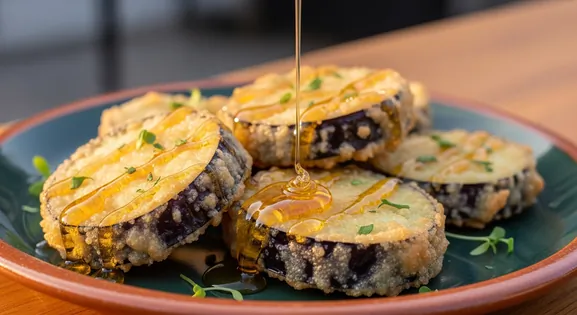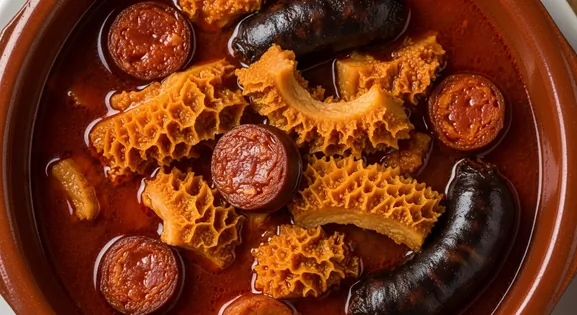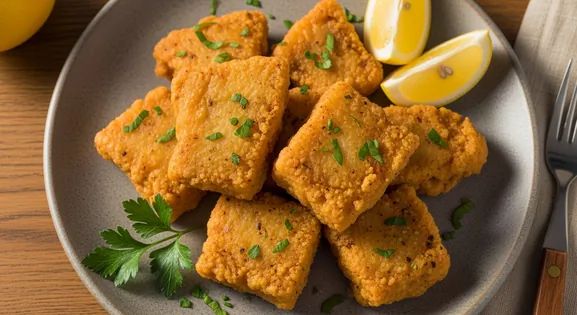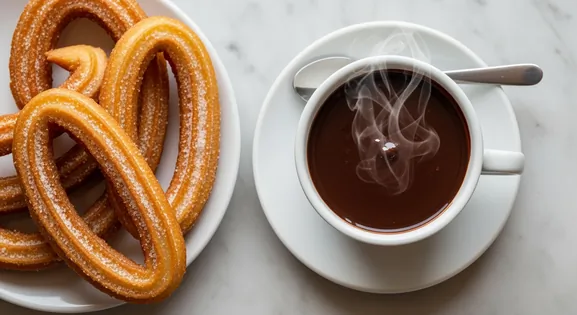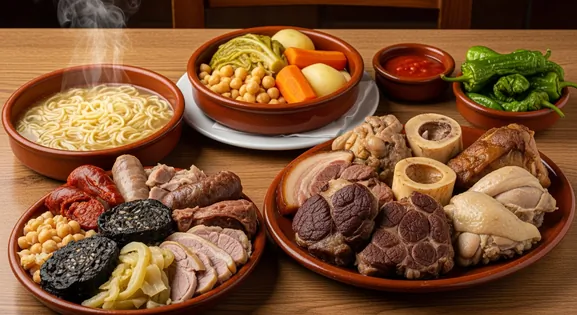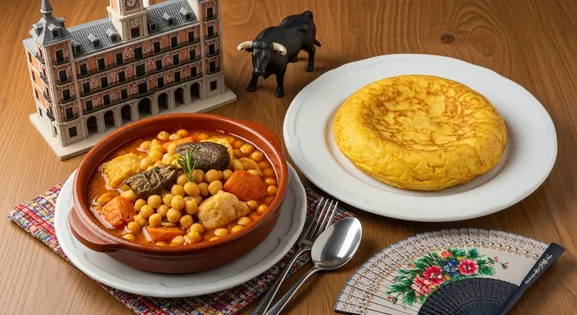
Madrid
Discover Madrid's best food areas including La Latina, Mercado de San Miguel & Malasaña. Expert local insights, authentic tapas crawls & must-try local dishes.
Spain's culinary landscape is a vibrant tapestry woven from centuries of diverse regional traditions, passionate local ingredients, and a deep-seated love for communal dining. From the sun-drenched tapas bars of Andalusia to the sophisticated pintxos counters of the Basque Country, every bite tells a story of history, geography, and a profound connection to the land and sea. This guide invites you to savor the authentic flavors and embrace the convivial spirit that defines Spanish gastronomy.
Spanish food culture is intrinsically linked to its social fabric, where meals are not just sustenance but cherished communal events. The concept of "tapeo" – hopping between bars for small plates – embodies this social aspect, fostering conversation and shared experiences. Regionality is paramount; Spain is a mosaic of distinct culinary identities, from the seafood-rich Galician coast to the hearty stews of Castile and the Mediterranean influences of Catalonia. The quality of local, seasonal ingredients, often sourced from nearby markets, forms the bedrock of Spanish cooking. Olive oil, garlic, and fresh produce are staples, reflecting the country's agricultural heritage. Mealtimes are notably later than in many Western countries, with lunch (comida) being the main meal and dinner (cena) often starting after 9 PM, reflecting a relaxed pace of life. This unhurried approach allows for appreciation of flavors and the company of others, making dining in Spain a truly immersive cultural experience.
June, July, August, September
Extreme heat can accelerate spoilage; ensure seafood smells fresh and is properly refrigerated
Spain's summer heat increases dehydration risk; tap water is generally potable but bottled water is widely available
September, October, November
Popular festivals like those celebrating mushroom harvests or wine offer unique culinary experiences. Check local listings for dates and locations.
Food quality typically decreases throughout the day at busy festivals, so aim for opening times.
Tapas are not just small dishes; they are a way of life. Join locals in "tapeo" by moving between bars, sampling one or two dishes at each. This allows you to experience a wider variety of flavors and soak in the lively social atmosphere. Look for busy bars with a high turnover of patrons.
Spanish mealtimes are significantly later than in many other countries. Lunch (comida) is the main meal, often eaten between 2 PM and 4 PM. Dinner (cena) rarely begins before 9 PM. Adjust your schedule to align with local customs for the freshest food and best atmosphere.
Spain's cuisine is incredibly diverse, with each region boasting unique dishes and ingredients. Don't expect the same paella everywhere. Seek out local specialties like "pintxos" in Basque Country, "pulpo a la gallega" in Galicia, or "gazpacho" in Andalusia for an authentic culinary journey.
Expert tips for enjoying Spain's tapas tradition with quality-focused choices
How to navigate Spain's diverse regional food traditions with informed choices
Must-try Spanish foods include traditional tapas like patatas bravas (crispy potatoes with spicy sauce), jamón ibérico (cured ham), gambas al ajillo (garlic shrimp), authentic paella Valenciana, churros with chocolate, tortilla española (potato omelet), and regional specialties like Galician octopus or Basque pintxos.
Spanish mealtimes run much later than in many countries: breakfast (desayuno) 7-9am, mid-morning snack (almuerzo) around 11am, lunch (comida) 2-4pm, evening snack (merienda) 5-7pm, and dinner (cena) rarely before 9pm and often as late as 11pm. Many restaurants don't open for dinner until 8pm.
Tapas are small plates or appetizers served throughout Spain, often accompanying a drink, and are typically ordered from a menu. Pintxos (or pinchos), primarily found in the Basque Country and Navarre, are small, individual portions of food, often served on a slice of bread and typically pierced with a skewer or toothpick. They are usually displayed on the bar and you help yourself, paying based on the number of skewers.
Tap water in Spain is generally potable, meeting EU quality standards. Major cities like Madrid and Barcelona have excellent water quality. However, some coastal regions may have harder water with a different taste, leading some visitors to prefer bottled water, which is inexpensive and widely available.
Discover Madrid's best food areas including La Latina, Mercado de San Miguel & Malasaña. Expert local insights, authentic tapas crawls & must-try local dishes.
Discover Seville's best tapas areas including Triana, Alameda de Hércules & Mercado de Triana. Local insights, authentic dishes & when to visit each district.
Discover Valencia's best food areas including Mercado Central, El Carmen & Malvarrosa Beach. Expert tips on authentic paella, local specialties & seasonal delicacies.
Olives marinated in olive oil, garlic and herbs.
Refreshing cocktail with Cava, orange juice, gin, vodka.
Freshwater eel cooked in garlic, paprika, olive oil sauce.
Black rice colored by squid ink with seafood.
Seafood rice with peeled shrimp, squid, monkfish in saffron.
Fried battered eggplant slices drizzled with honey.
Fried squid rings in crusty white bread with lemon.
Tripe stew with chorizo and morcilla in paprika broth.
Dogfish marinated in vinegar, fried in flour coating.
Deep-fried ridged dough dusted with sugar for dipping.
Three-course stew with noodle soup, chickpeas, and meats.
At Tasteplorers, our mission is to provide the most accurate and useful travel information in the world. To achieve this, all content on this site is created through our unique editorial framework. We utilize leading AI research tools, guided by our proprietary prompts, and a multi-stage validation process. This entire system is overseen by our editorial team to ensure everything we publish meets our high standards for accuracy, cultural nuance, and practical value for travelers.
Learn more about our Editorial Process and our Mission.
Discover Europe's diverse culinary landscape, from Mediterranean flavors to hearty Alpine fare. Learn to navigate markets, decode menus, and eat like a local.
Discover the vibrant cuisines of Latin America & the Caribbean. Our expert guide covers everything from Mexican street food to Peruvian ceviche and market tips.
Explore Oceania's diverse food scene. Learn about Polynesian earth ovens, Fijian feasts, and the vibrant café culture of Australia and New Zealand.
Explore Southeast Asia's diverse food cultures from Thailand to Vietnam. Get expert tips on navigating spice levels, choosing quality vendors, and understanding the rich traditions of the region.
